First, it’s redesigning local service from scratch using a process that it has dubbed clean-sheeting. Second, NS will begin making systemwide operating changes that affect road trains once the first round of clean-sheeting is completed in June.
The idea, NS officials said during the railroad’s investor day on Monday, is to have local operating officials make terminals and first- and last-mile service more efficient and reliable. Then the Atlanta-based network planning and optimization group will put the new TOP21 operating plan into action, linking the local service with road trains.
Senior Vice President of Transportation Mike Farrell says the principles of clean-sheeting include departing on time; switching cars within six hours; right car, right block, right train; and work safely.
The six-hour switching goal creates a sense of urgency, he says.
The redesign of local service involves customers from the get-go, unlike the way Precision Scheduled Railroading was implemented at railroads led by the late E. Hunter Harrison.
“We’re not doing it to our customers, we’re doing it with our customers,” says Farrell, who has experience with Harrison’s operating model while working at both Canadian National and Canadian Pacific.
One of the key changes is increasing local service frequency to daily across much of the system, which reduces the amount of time cars sit in yards as well as the number of cars on line.
“No one at Norfolk Southern intends for a single carload of customers’ freight to sit in our yard when it could be at their dock,” says Ed Elkins, vice president of industrial products.
In Youngstown, Ohio, for example, a merchandise customer’s 150 cars ate half the capacity of a yard when it had local service three days per week. “There were cars everywhere,” says Floyd Hudson, superintendent of the Pittsburgh Division.
NS increased local service to five days per week and talked to the shipper about different ways to handle what amounted to a six-day inventory of cars. This reduced the number of cars in the yard, but not by enough, Floyd says.
When NS shifted to daily service, the number of that customer’s cars in the yard dropped to eight per day, improving the railroad’s on-time performance, reducing dwell, and freeing up space in the yard.
Not all customers have experienced this sort of improvement. A merchandise shipper tells Trains News Wire that the promised daily service has yet to materialize and the five-day service his facilities receive is prone to missed switches, released loads that aren’t pulled, and incorrect delivery of empties.
NS officials have said clean-sheeting remains a work-in-progress, with a first pass done on half of the terminals on the system.
Clean-sheeting has improved operations within terminals, officials say.
It has virtually eliminated the rehumping of cars at the classification yard at Allentown, Pa., for example.
The service redesign also enabled NS to reduce pullback assignments at Enola Yard, outside Harrisburg, Pa., from three per shift to just one. The pullback jobs shuttle between the classification yard and forwarding yard, where they assemble outbound trains.
“With clean-sheeting you can do things you never thought were possible,” says Josh Lafferty, who was an assistant superintendent of the Harrisburg Division before being named superintendent of the Pocahontas Division.





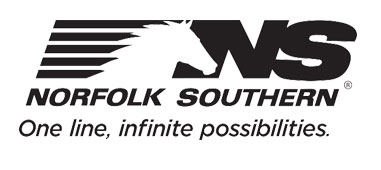

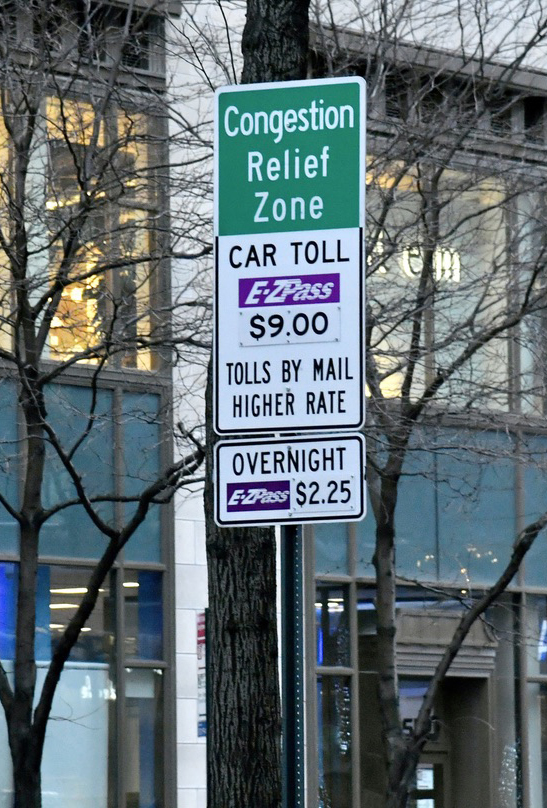
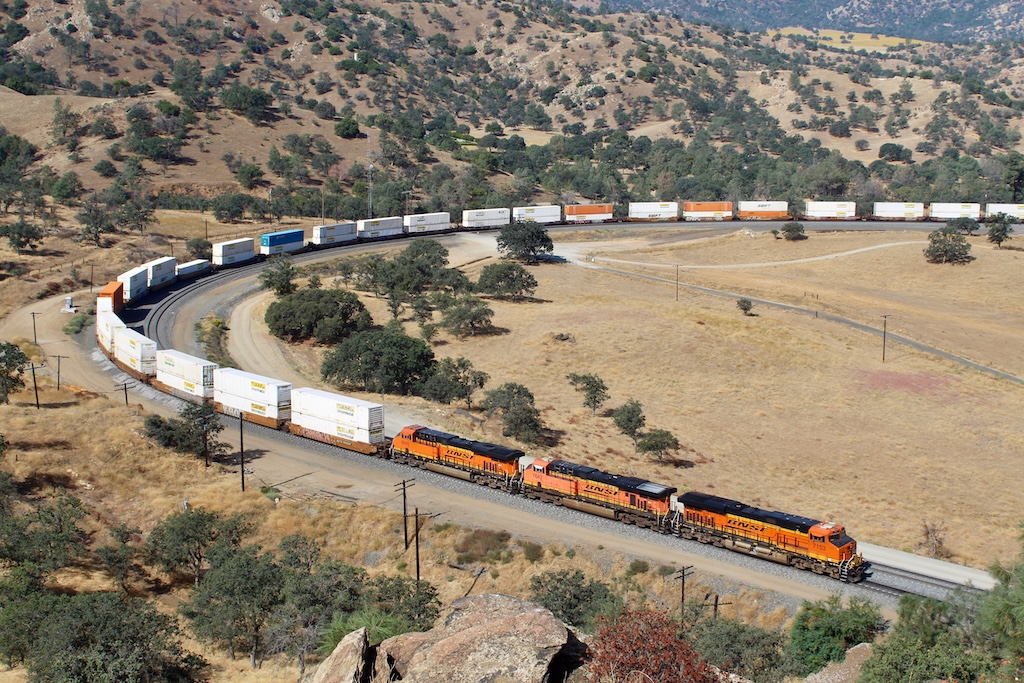
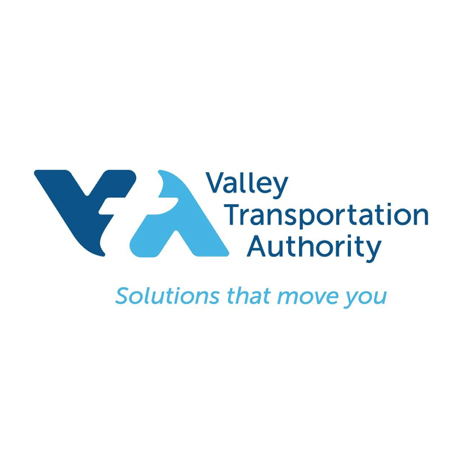
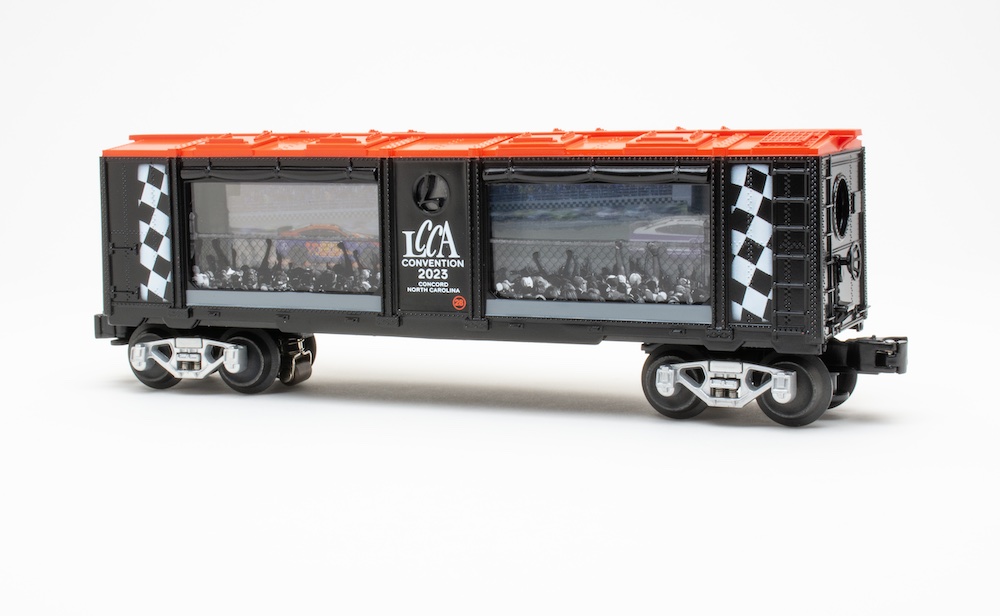




Probably a relief job that works various assignments on regular crew rest days or perhaps the job is called with an extra crew on the assigned crews days off.
Has anyone asked NS how they handle 7 day of week local service when the hour of service law requires two days off after 6 days on?
Don; I believe they are abolishing some of the regular yard and local jobs and filling the requirements off the extra boards.
I won’t comment on the difference in local service when performed by a crew with knowledge of your facility and product mix versus an extra board crew that may be in your site only a time or two each month.
Penelope,
As I’ve told others on this forum, most tagging of railroad equipment does not happen on railroad property…it either happens on some other private property((the industry itself) or on railroad tracks that are easily accessible from public property.
‘Clean sheeting’ of local operations should minimise freight cars sitting empty and idle for days on sidings and spurs. They will be less prone to taggers. Casual observations show unit oil trains are not as prone to taggers as other freight trains as their movements are constant and guarded.